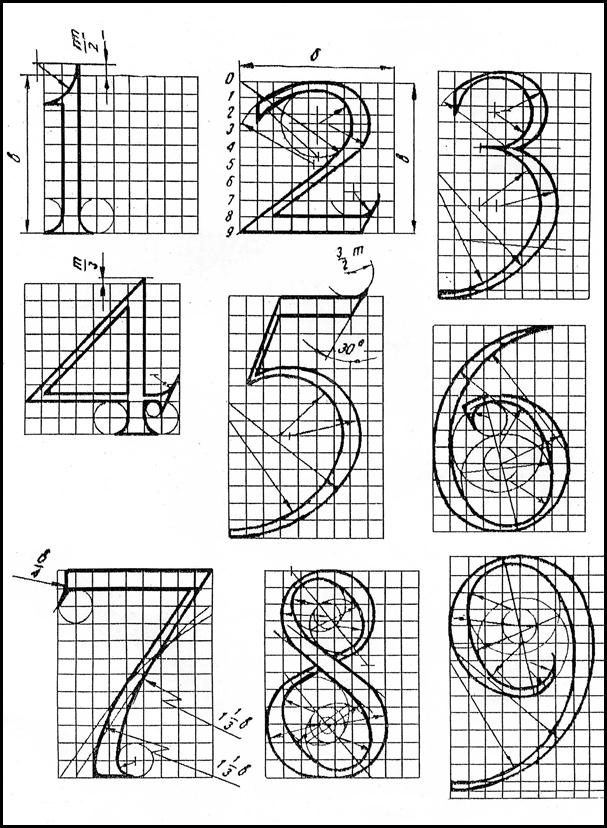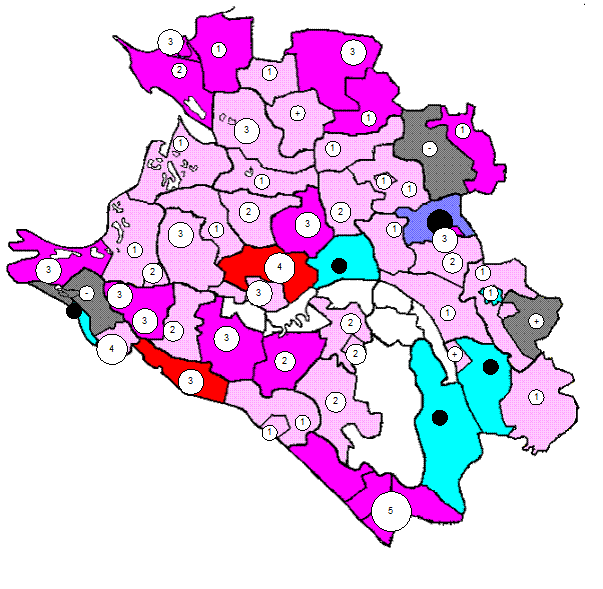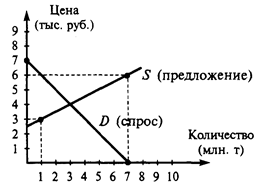Debates
This is an unusual sort of quiz, because the "right" answers are a matter for debate. Below there are the facts of some true crimes, and you are invited to guess what you believe the verdict was in each case, and, if you consider that the verdict was "guilty", what the sentence was. You could also consider what you think the verdict and sentence should have been if you think they ought to have been different from what actually happened.
Case 1 M was an eighteen year old University student, appearing older than his years, who neglected his studies in favour of the local dance hall and its hostesses. He financed this life-style by forging his mother’s signature on cheques. One morning, his mother, seated at her writing desk, fell to the floor with a gunshot wound in her head. She was not, however, dead, and was taken to the hospital unconscious, where she remained under careful watch. M gloomily told the police that his mother had shot herself over money worries. The wounded woman regained consciousness long enough to give her version of events to a doctor. She stated that she had been seated at her desk writing, while her son stood behind her. She had just told him to go away and not annoy her, when there had been a loud explosion, and she remembered nothing more after that. She lapsed into unconsciousness again, and a few days later she died. Meanwhile, the cheque forgeries had been discovered, and M was arrested and charged with the murder of his mother, and uttering twenty-nine forged cheques.
Case 2 Mrs C was the second wife of a prominent politician. For some time he had been the subject of vilification and derision in a major newspaper. When the editor published a letter written by C to his first wife, the couple were desperate. The first Mrs C had in her possession other letters, both amorously and politically indiscreet, written by C to the second Mrs C when she was his mistress. It was essential that publication of these letters should be stopped. Mrs C took legal advice, and was told that there was no way that she could prevent the newspaper from publishing the damaging letters. She made a decision. She left a note for her husband - "I will see that justice is done….I will carry out the task.." She bought a gun, test-firing weapons at the shop’s firing range before making her choice. She went to the office of the offending newspaper, confronted the editor, and shot him four times, killing him. She was charged with murder
Case 3 B, an apparently mild-mannered little man, raped and murdered large numbers of women and girls. He was arrested when a policeman noticed blood on his clothes, and he at once began to boast about his exploits, and led the authorities to the sites of some fifty graves. Appearing on television, he proudly asserted that he had had no accomplices, but had committed all the murders himself. He stated that he had committed the crimes because of traumatic experiences he had suffered in his childhood. He was, however, considered to be sane.
The Answers Case 1. The fact that is that the case took place in Scotland. It was 1926, and the eminent pathologist Sir Bernard Spilsbury, was appearing for the defence. He took the view that the absence of powder blackening around the wound, usually seen in suicide cases because of the near discharge, was not inconsistent with suicide. The prosecution, who had conducted tests with the gun actually used, took the opposite view. Unsure whom to believe, the jury brought in a verdict of Not Proven on the murder and Guilty on the cheque frauds. John Donald Merrett was free in eight months. Changing his name to Ronald Chesney, he took to a life of crime - blackmail, thieving, smuggling and fraud. Did he kill his mother? If it had not been for the considerable reputation of Sir Bernard Spilsbury, he might very well have been found guilty, and in my opinion, that was probably the right result.
Case 2. Looks pretty open-and-shut, doesn’t it? This crime took place in France in 1914. Henriette Cailleaux pleaded provocation and said that the gun had gone off accidentally. Evidence was produced which implicated the deceased editor in anti-French propaganda, and Mme. Cailleaux was acquitted in a storm of patriotic fervour. As for the point of law, Mme. Cailleaux committed premeditated murder, albeit under considerable provocation. After all, if she had not intended to fire the gun, why had she test-fired it? In a British court she might well have bargained her way to a charge of manslaughter.
Case 3. Daniel Camargo Barbosa had, a year before his arrest, been in prison in Colombia, serving a life sentence for rape and murder, but he had managed to escape to Ecuador, where he carried out a series of rapes and murders of women and girls. He was found guilty of his crimes and sentenced to sixteen years in prison. This was the maximum sentence under the laws of Ecuador.
|




